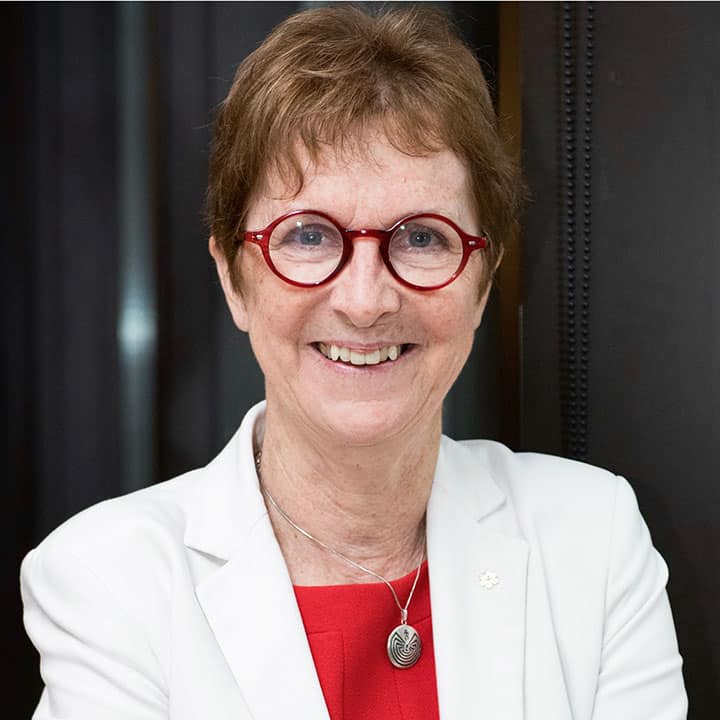For her pioneering efforts in understanding early embryonic development, University of Toronto professor Dr. Janet Rossant has been named the 2018 North American Laureate of the L’Oréal-UNESCO For Women in Science International Awards. Rossant is among five global recipients, and she will receive a €100,000 award for her contributions to the life sciences.
Since 1998, the award program has recognized leading female scientists in either the life or physical sciences from five regions around the world. The initiative aims to inspire young women to pursue careers in the sciences — a field where only 28 per cent of researchers are women — and does so by supporting prominent female scientists as role models for future generations.
Rossant’s career path is certainly inspiring. Originally from the UK, Rossant trained at Oxford and Cambridge before coming to Canada in 1977. She is currently a senior scientist at The Hospital for Sick Children, a professor in the Departments of Molecular Genetics, and Obstetrics and Gynaecology, and the president and scientific director of the Gairdner Foundation.
The focus of Rossant’s research uses the mouse embryo as a model system to study early embryonic and stem cell development. One cell type she is particularly interested in investigating is the pluripotent stem cell (PSC). PSCs have the ability to differentiate into any of the three basic germ layers of the body — the ectoderm, the endoderm, and the mesoderm. As a result, PSCs are thought to have a number of applications in disease treatment.
“We can alter a mouse genome at will,” said Rossant. “So we can study normal development, but we can also model human disease by making human disease mutations in mice.”
Modelling a disease not only allows researchers to study the way a disease progresses, but also provides a chance to examine how that particular disease will respond to various treatments. Rossant’s lab is currently focusing on lung development from early embryonic stem cells with hopes to eventually use their findings to treat various lung diseases.
The next steps for her research involve the integration of a number of newly available genetic tools. Rossant is currently investigating the use of fluorescent gene tags, which can be used to produce multicoloured embryos, with different colours representing different genes affecting cell lineages. The technique was developed using CRISPR-Cas9, a novel genome editing tool that will have a number of applications in Rossant’s future research.
“Tools of imaging, the tools of CRISPR gene editing, and the mouse embryo are coming back together in exciting ways,” she said.
When asked what advice she would give to early-career scientists, Rossant cites passion and curiosity as two of the main factors that have contributed to her present-day success.
“Ask any of the awardees, myself included, that when we started in science, did we know we were going to carry on and be successful scientists? No. But did we have passion to explore these intriguing questions? Did we want to find out answers? Did our curiosity drive us forward, and did we feel that the science and scientific approach [were] going to be something that kept us going? The answer is, yes.”
She also stressed the importance of the role of international, interdisciplinary programs like the L’Oréal-UNESCO For Women in Science International Awards in contributing to the diversity of future generations of scientists.
“The future of science is going to be interdisciplinary,” added Rossant, “and women are part of that future.”


